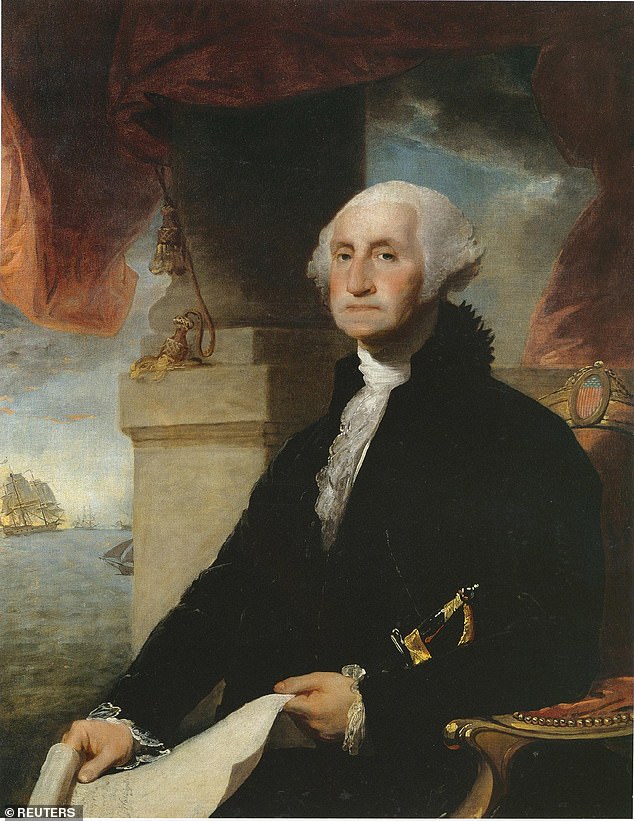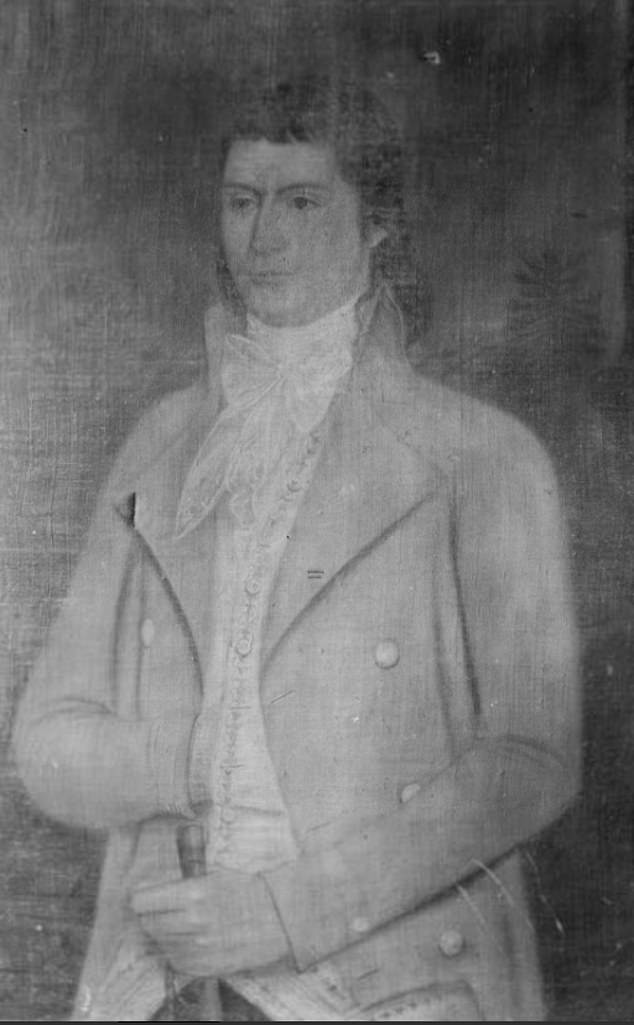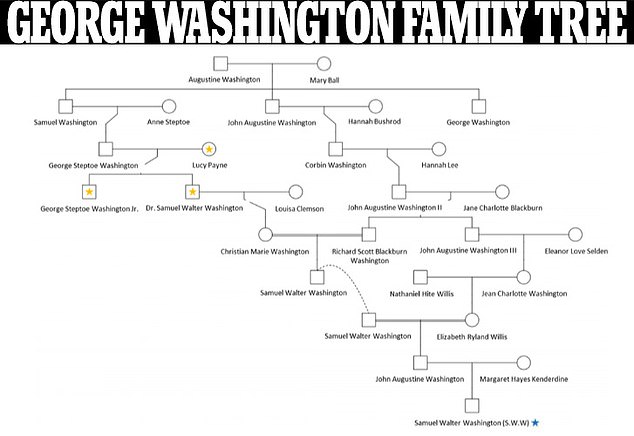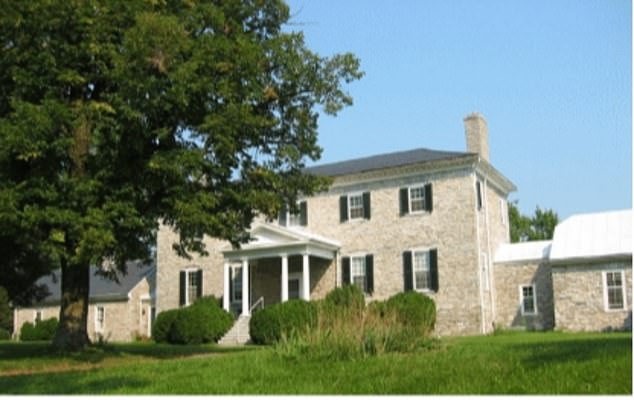After 200 years, unmarked graves belonging to the great-nephews of the first president of the United States have been identified using DNA.
The bones belonged to Samuel Walter Washington and George Steptoe Washington Jr., along with their mother, Lucy Payne Washington.
The graves were discovered during a 1999 excavation at the Harewood family cemetery in Charles Town, West Virginia, aimed at finding the remains of Washington’s younger brother, Samuel Washington.
Researchers at the Armed Forces DNA Identification Laboratory (AFDIL) used DNA from the fragmented bones and from a living descendant, Samuel Walter Washington.
This marks a significant discovery for researchers who said their findings could lead them to identify service members dating back to World War II.

Researchers have identified the remains of three of George Washington’s ancestors using new DNA sequencing methods.


George Steptoe Washington Jr. lived from 1806 to 1831 and was buried in the Harewood family cemetery in West Virginia.


Samuel Walter Washington lived from November 16, 1734 to September 26, 1781 and was a planter, politician, and military officer buried in the Harewood family cemetery in West Virginia.
In the study, researchers set out to identify all unmarked graves in Harewood Cemetery and believed the recovered remains belonged to descendants of George Washington, but conducted DNA testing to be sure.
Researchers believed the recovered remains belonged to Washington’s descendants because the cemetery was located on the land of the Harewood Estate, which was built by Samuel Walter Washington in 1977.
The most common form of DNA profiling is short tandem repeat analysis, which repeats DNA sequences to verify familial connections, but it is often difficult, if not impossible, to use this method on degraded remains.
People who were embalmed using post-war techniques, such as Samuel, Lucy and George Steptoe, used formaldehyde, which can damage DNA.
Instead, researchers conducted a series of DNA tests that compared the remains to a living descendant: SW Washington.
The researchers analyzed Y chromosomes to determine paternal relationship and mitochondrial DNA sequencing to determine maternal relationships to build a family tree.


The great-nephews were more closely related than previously thought due to a cross-cousin marriage.


The Herewood Estate in Charles Town, West Virginia


The family of three was buried in the Harewood Family Cemetery in West Virginia.
Mitochondrial DNA sequencing detects the smallest forms of biological material passed from mother to child.
They also used a new method that analyzed DNA data from 95,000 sets of genomes that hold all of a person’s genetic information.
“This particular case gave us the opportunity to test extended parentage prediction methods that we developed using a set of known and degraded DNA samples in need of identity confirmation,” said lead author Charla Marshall, deputy director of DNA Operations at the Department of Defending.
“Our laboratory is currently validating these new methods for use in routine cases.”
Through these methods, researchers not only confirmed that Lucy, Samuel, and George Steptoe Jr. were descendants of Washington, but they were surprised to discover that their family tree was closer than they expected.
Family relationships were one degree closer, but researchers were able to confirm that it was due to cross-cousin marriages in the Washington family tree.
“Our data confirmed the identities of all three sets of remains and further resolved which male was the direct ancestor of SW Washington, the living descendant,” Marshall added.
Samuel was Washington’s brother and a planter, politician, and military officer who lived from 1734 to 1781.
He was lieutenant of Berkeley County, Virginia, during the early years of the Revolution and resigned in 1777 at age 43.
Little is known about George Steptoe II, who lived from 1806 to 1831.
He was the youngest son of a planter and Virginia militia officer who died of tuberculosis at age 36.
This is not the first time researchers have had to use new DNA methods after scientists analyzed the hair of a man who claimed to be the great-grandson of Sitting Bull, a legendary Native American chief.
In 2021, scientists used autosomal DNA from a lock of Sitting Bull’s hair to compare him to Ernie Lapointe and found it to be a positive match.
Now, discovering Washington’s great-nephews through new DNA sequencing could mean that previously unknown and unidentified remains can be identified.
It will allow researchers to expand benchmarks to living third- and fourth-degree relatives “in an effort to increase the number of DNA-assisted identifications, particularly those from past conflicts such as World War II, Korea, the Cold War and the Southeast”. Asia/Vietnam,” Marshall said.
Dailymail.com has contacted the authors for comment.

